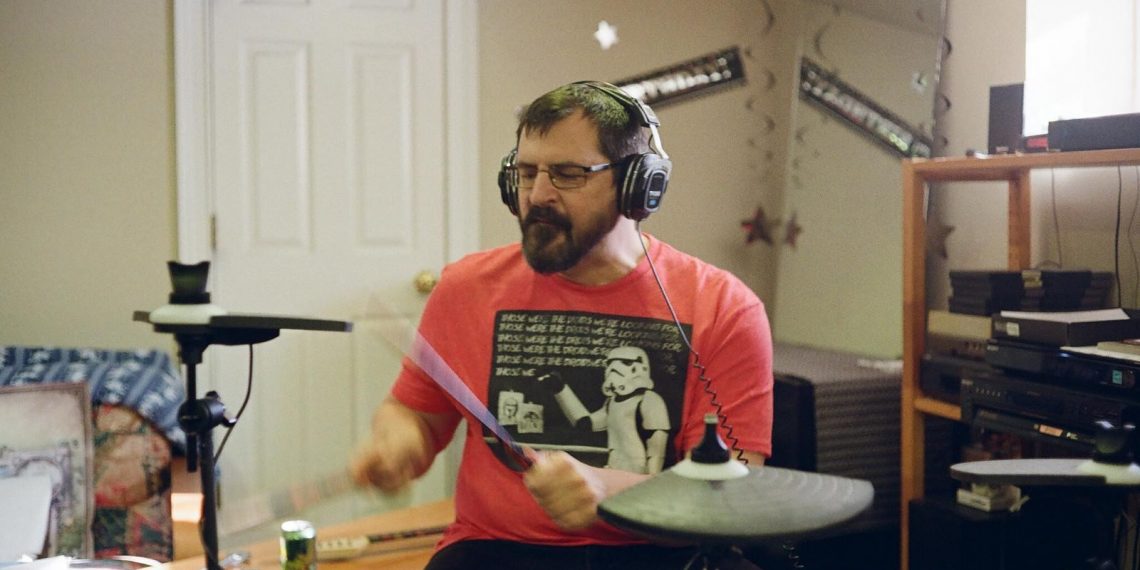The advantages of electronic drums are undisputable. They are great for creating demos or even professional recordings. They make gigs livelier even if your style is electronic to the bone. They deliver that physical funky feeling that can never be achieved when placing samples on the piano roll with a mouse.
However, getting the right drums (no matter if it’s a realistic Roland or a tabletop Alesis set) is not everything. The right headphones for electronic drums are just as important. Though there are many models great for this use case, you still need to choose carefully.
What’s Special About Such Headphones?
When you play real acoustic drums (in this case, electric amplification doesn’t matter), you immediately hear the sounds you make as they are produced physically, and there is no delay and very little distortion. You still need the headphones, but their primary function is to let you hear the rest of the band and to protect your ears.
With electronic drums, it’s different. The sound you produce acoustically hitting the drums does not matter for your performance. It’s the samples you play with certain parameters (tempo, velocity, other accents) that remain. So, you need to hear the digital result of your actions, and thus the headphones are for hearing the drums themselves.
It doesn’t matter if you play in a band, solo, or use other instrumental tracks as a playback. The drums need to be heard for you to control your playing. There should be no compromise: The headphones matter even more than ever.
Essential Parameters of Headphones for E-Drummers
You don’t need to stick to professional studio equipment or high-end models. Many middle-class ones for music fans are great with electronic drums too. However, you need to choose wisely because many otherwise decent models have some features that render them unusable with drums. Here’s what to look at.
- Ditch wireless models. They might sound great, but the inevitable latency will not allow you to hear yourself playing in real-time;
- Care about isolation. Open-back models are great for mixing and mastering (especially when you’re doing it alone). But when you play music, they will let outside noises interfere. Even the acoustic effects of hitting these drums might be completely different from the samples you use with electronic drums. Thus closed-back ones are preferable. They distort the sound a little, but it’s dismissible with a good model;
- Frequency range. To fully embrace the sound, you need to hear all the frequencies the system can reproduce. There is more to it than the generic consumer range of 20-20,000 Hz;
- Linear frequency response. Consumer headphones often offer a so-called V-shaped sound, with the bass and the treble a bit accentuated and the middles dropped. That’s not what you need if you want to hear your drums as true as possible;
- The higher it is, the less distorted the sound is. But for high impedance models, you might need a preamp;
- Sessions can be long, so you will want your headphones to sit well and impose as little pressure as possible. Try them on before buying. No matter how attractive a model looks on Amazon, it may sit worse in real life.
There can be other factors; the first to come to mind include design, loyalty to a certain brand, and price. However, the ones listed above are the most crucial.
The Aftersound
The more seriously you take your drums, the more thoroughly you need to choose your headphones. No matter if you play in a band, make records yourself from scratch, or use drums just for relaxation. Your music deserves to be heard in all its beauty and power, doesn’t it? If so, good headphones will be more than a reasonable investment.

